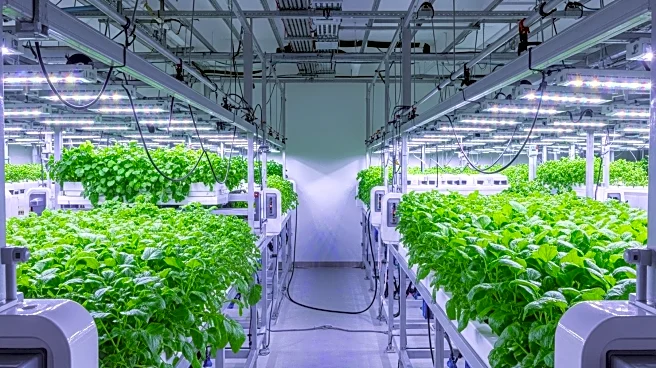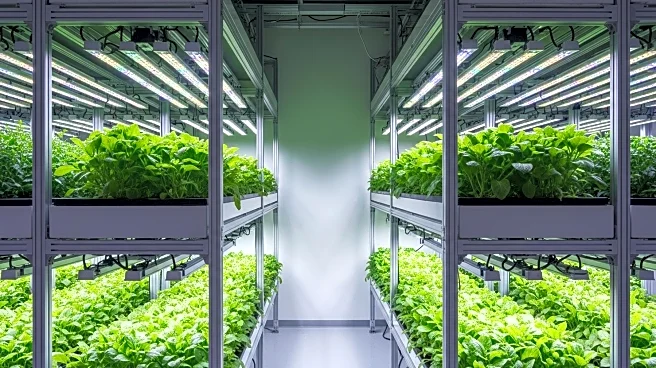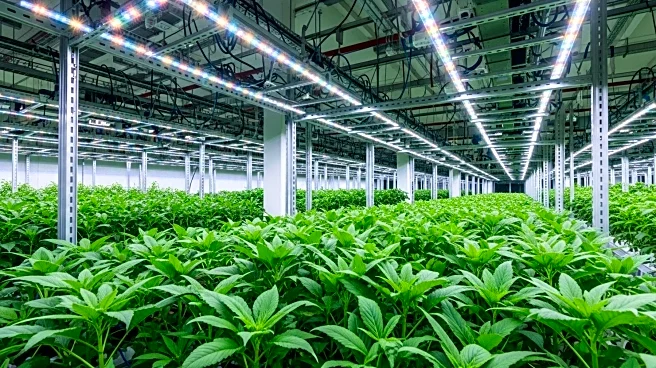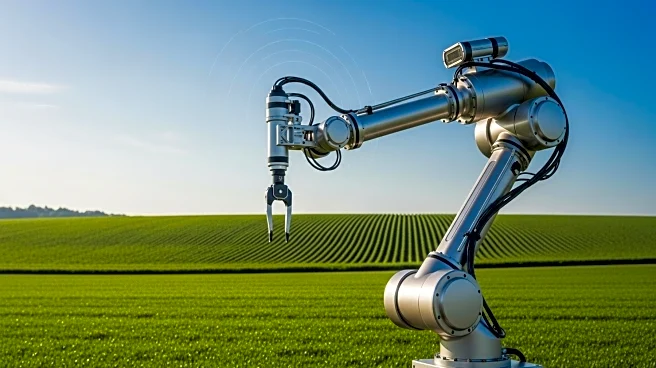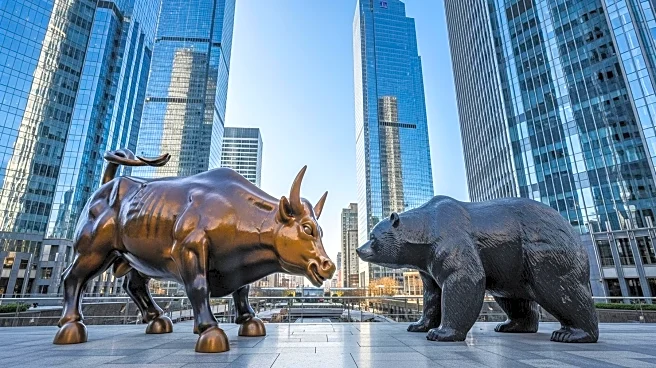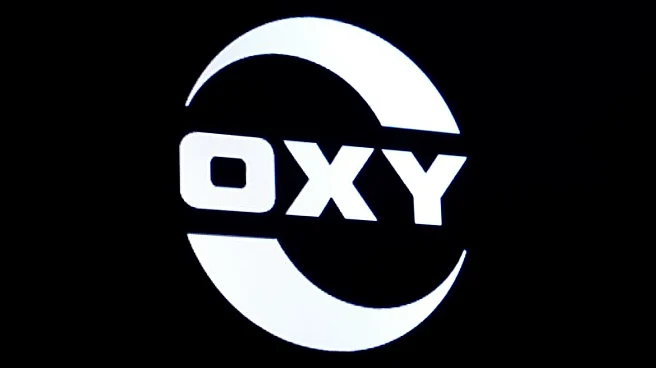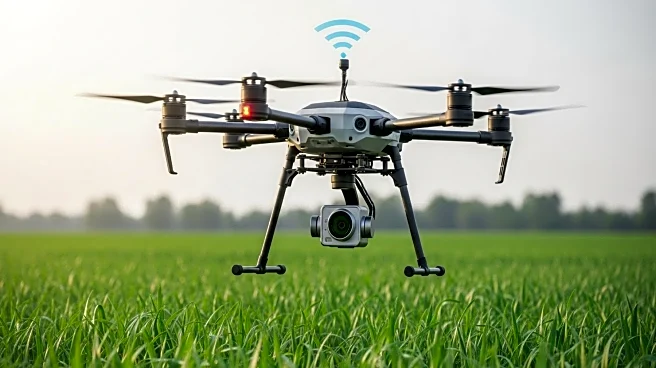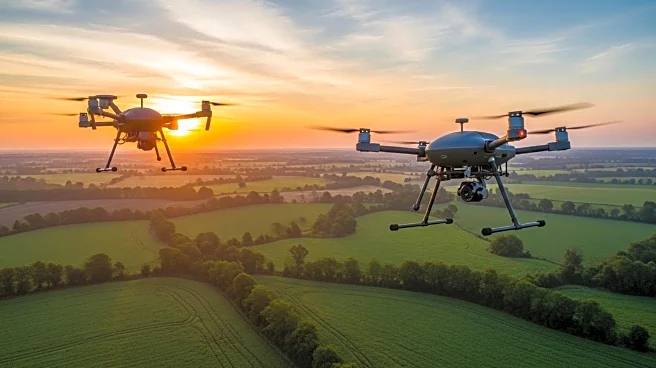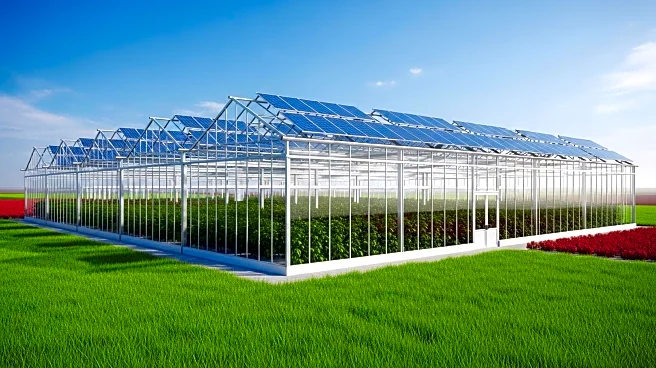What's Happening?
The U.S. indoor farming market is projected to grow significantly, reaching USD 56.1 billion by 2031, up from USD 34.2 billion in 2022. This growth is driven by advancements in urban agriculture, including Gotham Greens' hybrid growing methods and Sensei Farms' expansion in Texas. The market is also seeing increased investment in automation, as evidenced by Zordi's Series B funding for robotics in agriculture. Recent mergers, such as the strategic merger between 80 Acres Farms and Soli Organic, are creating larger and more advanced indoor farming networks. Key players in the market include AeroFarms, Bright Farms Inc., and Bowery Inc.
Why It's Important?
The expansion of the indoor farming market is crucial for addressing food security and sustainability challenges in urban areas. By optimizing space and energy efficiency, indoor farming can provide fresh produce to densely populated cities, reducing the carbon footprint associated with traditional agriculture. The market's growth also presents economic opportunities, with increased demand for technology and innovation in farming practices. Companies investing in this sector stand to benefit from the rising consumer preference for locally sourced and environmentally friendly produce.
What's Next?
The indoor farming industry is expected to continue its upward trajectory, with further technological advancements and strategic partnerships likely to emerge. Stakeholders, including investors and policymakers, will need to focus on supporting infrastructure and regulatory frameworks to facilitate this growth. As the market expands, there may be increased competition among key players, driving further innovation and efficiency in indoor farming practices.

